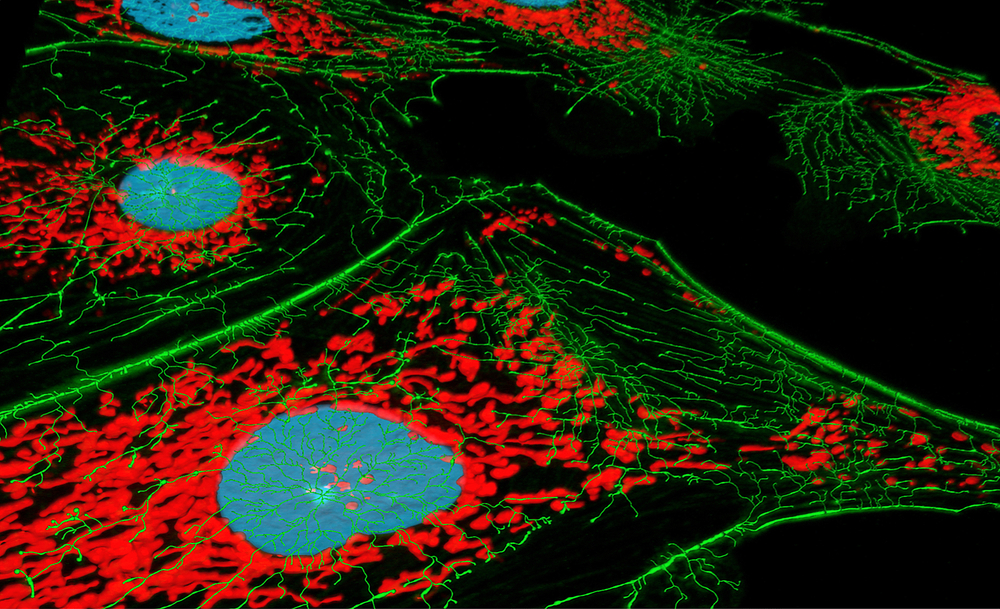Rheumatoid Arthritis is a growing medical concern in the United States, with over 1.5 million adults affected by the disease annually. With RA, the immune system overreacts, attacking the patient’s joints and their linings, causing substantial inflammation and crippling pain coupled with muscle stiffness and progressive disability.
To date, the main therapies for treating RA have focused on improving the faulty immune system function, which would lower the rate and severity of inflammation and reduce the discomfort caused by it. However, this therapeutic approach only provides temporary relief, and long-term damage to joints cannot be avoided in RA patients.
Scientists at the La Jolla Institute for Allergy and Immunology, in collaboration with colleagues the University of California, San Diego and lead author Nunzio Bottini, M.D. Ph.D., associate professor at La Jolla Institute, recently published a study in the May 20th issue of the journal Science Translational Medicine on a novel molecular pathway that targets the joints directly, which could lead to a new line of medication that effectively provides total relief to patients.
In rheumatoid arthritis, the inflammatory process activates the fibroblast-like synoviocytes (FLS), which are specialized cells resting on the surfaces of the joints, responsible for providing lubrication and mobility to the joints and repairing joint injuries. However, when activated, these FLS become mobilized to invade the surrounding bones and joint tissues, which secrete destructive enzymes, hamper the cushioning of these joints and initiate bone damage. Moreover, molecular analysis of these cells revealed phosphate groups attached to surface proteins with the help of enzymes called kinases. These help in signal transduction pathways which initiate mobilization of the FLS and initiate damage.
Counteracting the action of these kinases are enzymes called phosphatises, which act as inhibitors to this phenomenon by removing the phosphate groups and blocking the signaling pathways.
On closer examination, postdoctoral researcher and first author Karen M. Doody, Ph.D., discovered a specific kind of phosphatase known as RPTPσ, short for receptor protein tyrosine phosphatase sigma, is highly expressed on the surface of FLS. A noted feature of these phosphatises was that they remained deactivated when attached to cell surface membranes with the help of a typical carbohydrate — protein moiety called proteglycan. This bond when broken activated RPTPσ, which then blocked the activity of the kinases, leading to FLS activation and subsequent joint damage.
Dr. Doody and her colleagues created a biological decoy that they incorporated in between the phosphatises and the FLS membranes at their extracellular binding sites, which made the phosphatises free to block cell signaling pathways. When this phosphatase decoy was incorporated into animal models in preclinical experiments, it was shown that the symptoms of RA were greatly reduced.
“RPTPσ acts like an inhibitory signal that is precoded on the surface of these cells,” explained Doody. “The unique aspect of this approach is the ability to improve symptoms and decrease joint damage while potentially avoiding any negative effects on normal immune responses and susceptibility to infections,” added co-author Gary S. Firestein, M.D., dean and associate vice chancellor of Translational Medicine and director of the Clinical and Translational Research Institute at UCSD.
Currently, the focus of Dr. Doody’s research is to check the efficacy of this mechanism in combination with the current therapies, so as to see if they add to the relief of patients. This study is in the preclinical stage as of now.
“The ultimate goal is to use biologics that target synoviocytes in combination with treatments that suppress the immune system, such as methotrexate or anti-TNF, to address all three aspects of rheumatoid arthritis: swollen joints as a result of inflammation, cartilage damage and bone damage,” added Dr. Bottini.


